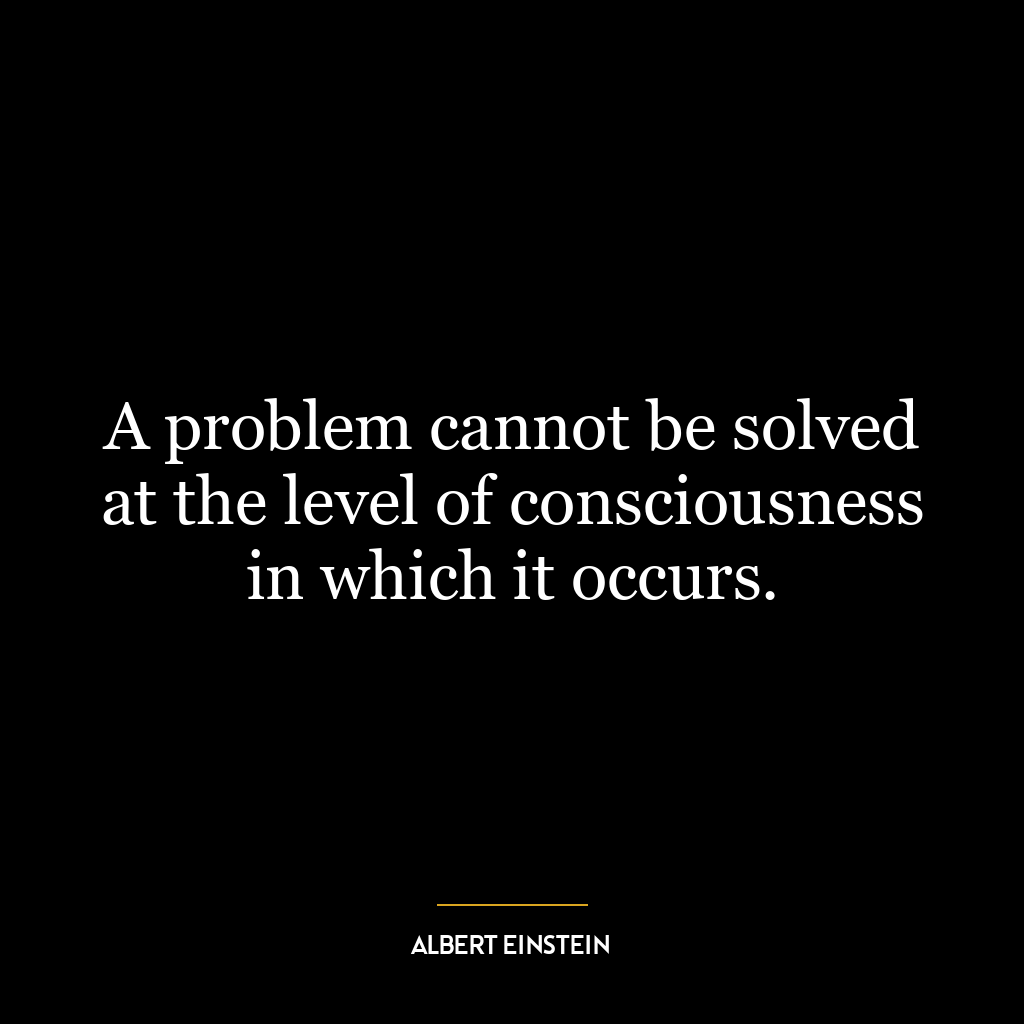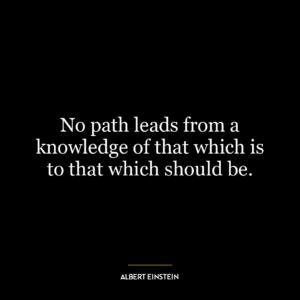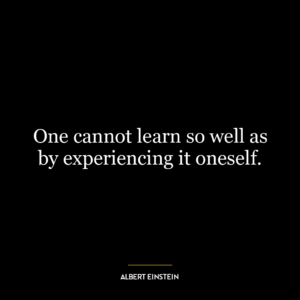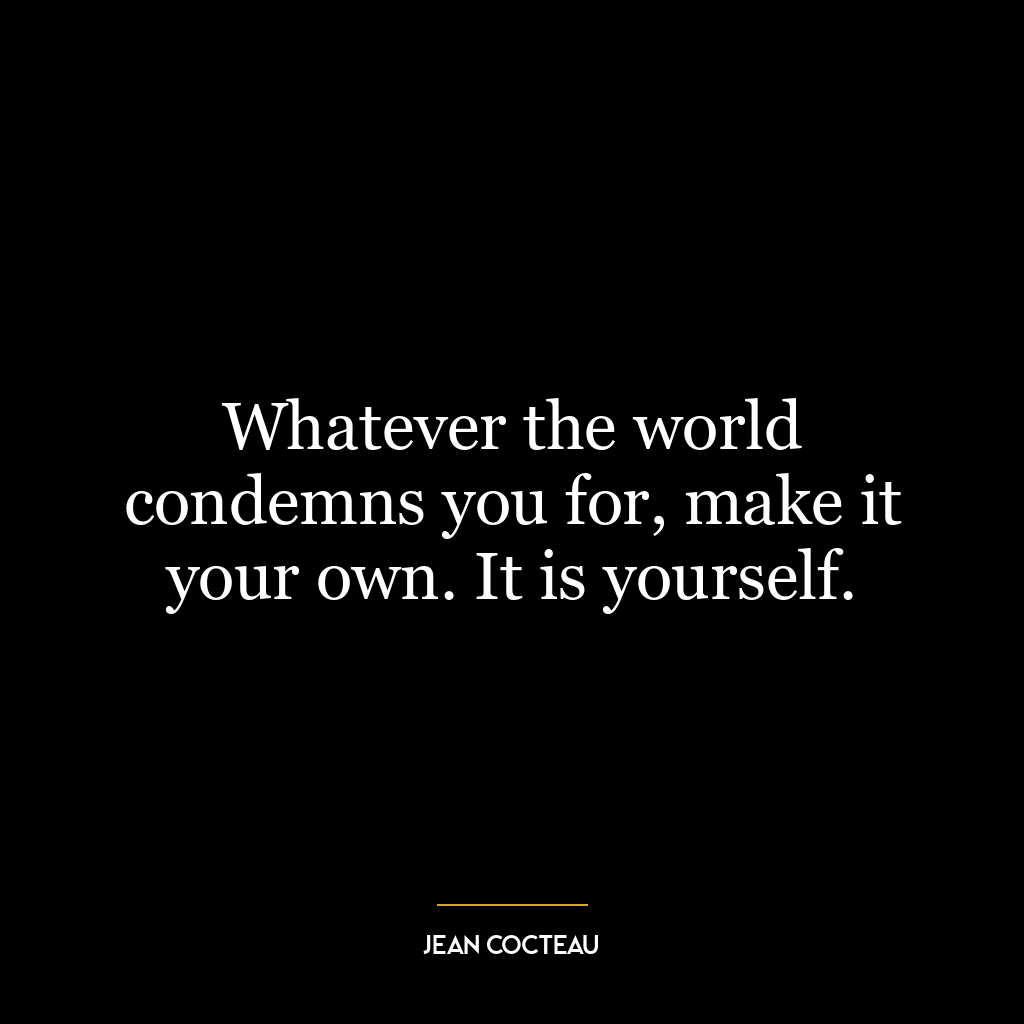A problem cannot be solved at the level of consciousness in which it occurs.
The quote “A problem cannot be solved at the level of consciousness in which it occurs” fundamentally suggests that to resolve any issue, one must elevate their thinking or perspective. It implies that the mindset or approach that led to a problem cannot be the same one to provide a solution. Instead, one must rise above the current level of understanding or consciousness to gain a new perspective or insight that can lead to a solution.
This idea resonates deeply with the concept of paradigm shift, where a fundamental change in approach or underlying assumptions is required to progress or solve a problem. It’s much like being stuck in a maze; if you’re walking within the maze, it’s hard to find a way out. But if you could somehow elevate yourself above the maze, the pathways become clear. The maze is the problem and the level of consciousness is your perspective within the maze. To solve the problem (find a way out), you need to change your level of consciousness (view the maze from above).
In today’s world, this concept is highly applicable. For instance, in the realm of climate change, solutions cannot come from the same level of consciousness that created the problem. It requires a shift in perspective, from viewing the earth as a resource to exploit, to seeing it as a home to nurture and protect.
In personal development, this quote can be a guiding principle. For example, if a person is struggling with stress and burnout because of overwork, the solution is not to work harder or push through the fatigue. This is the level of consciousness that led to the problem. Instead, they would need to shift their perspective, perhaps by prioritizing self-care, setting boundaries, or re-evaluating their work-life balance.
Overall, this quote encourages us to constantly evolve our thinking and challenge our perspectives. It’s a call to embrace change, seek growth, and strive for a higher level of understanding in the face of problems.















